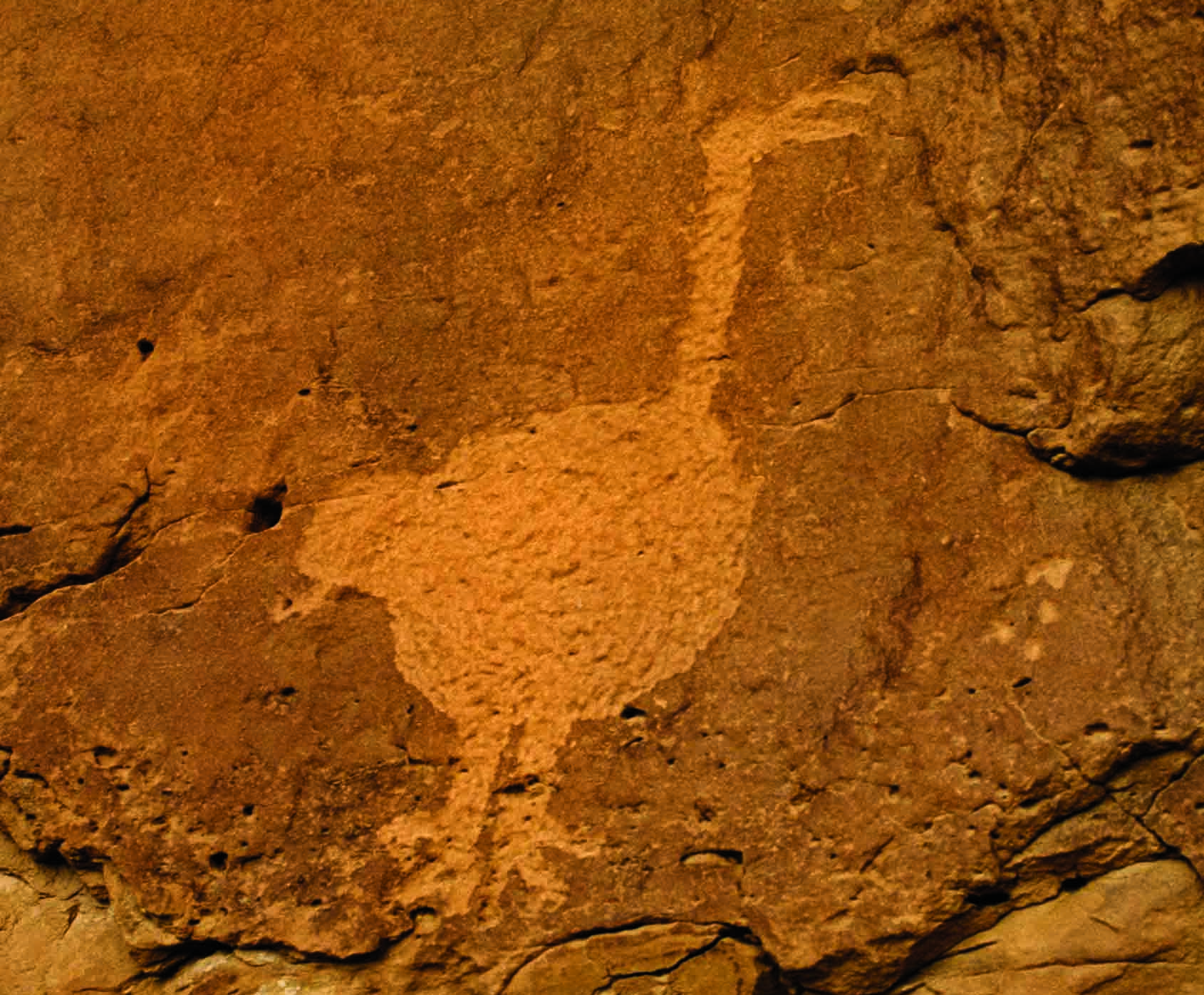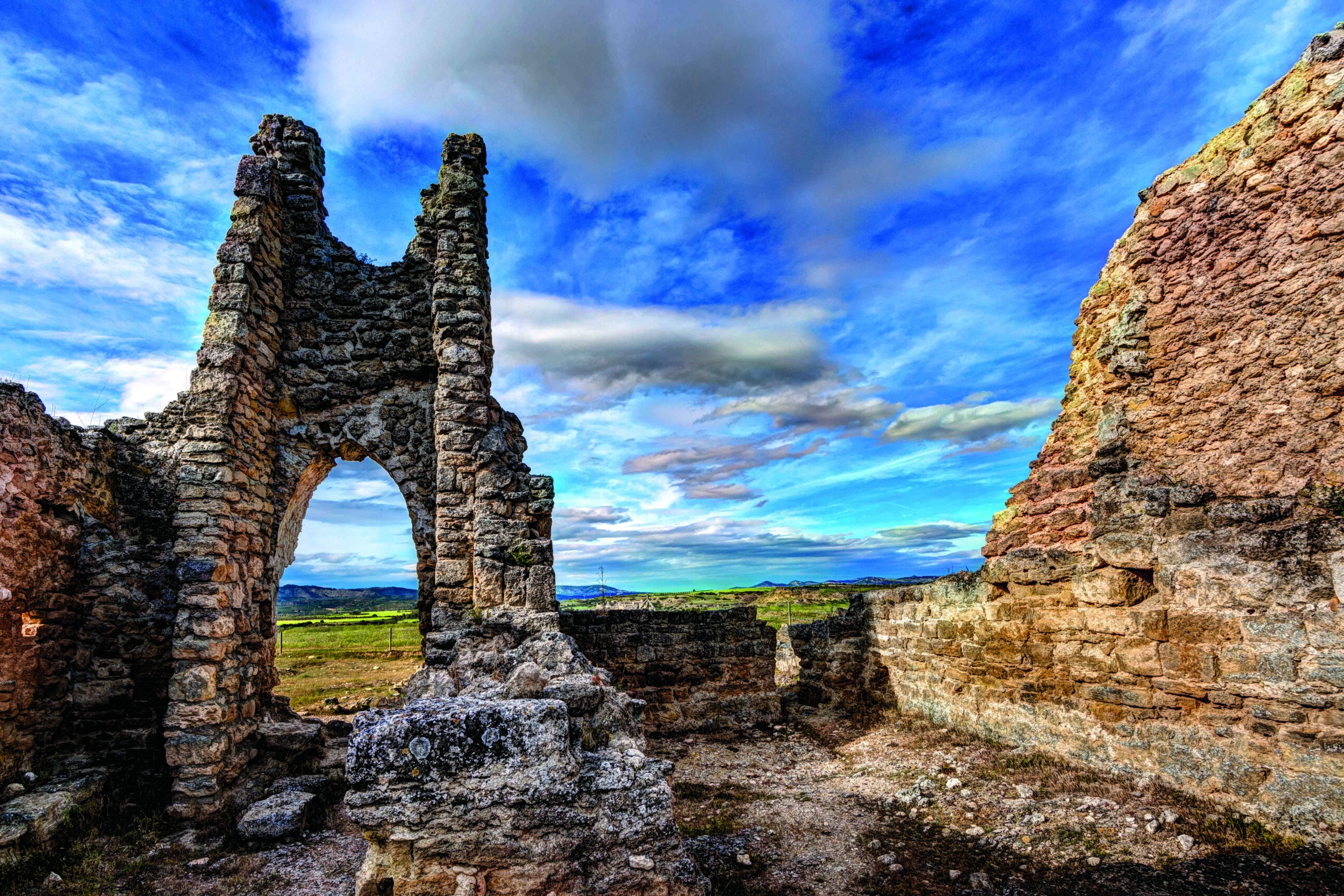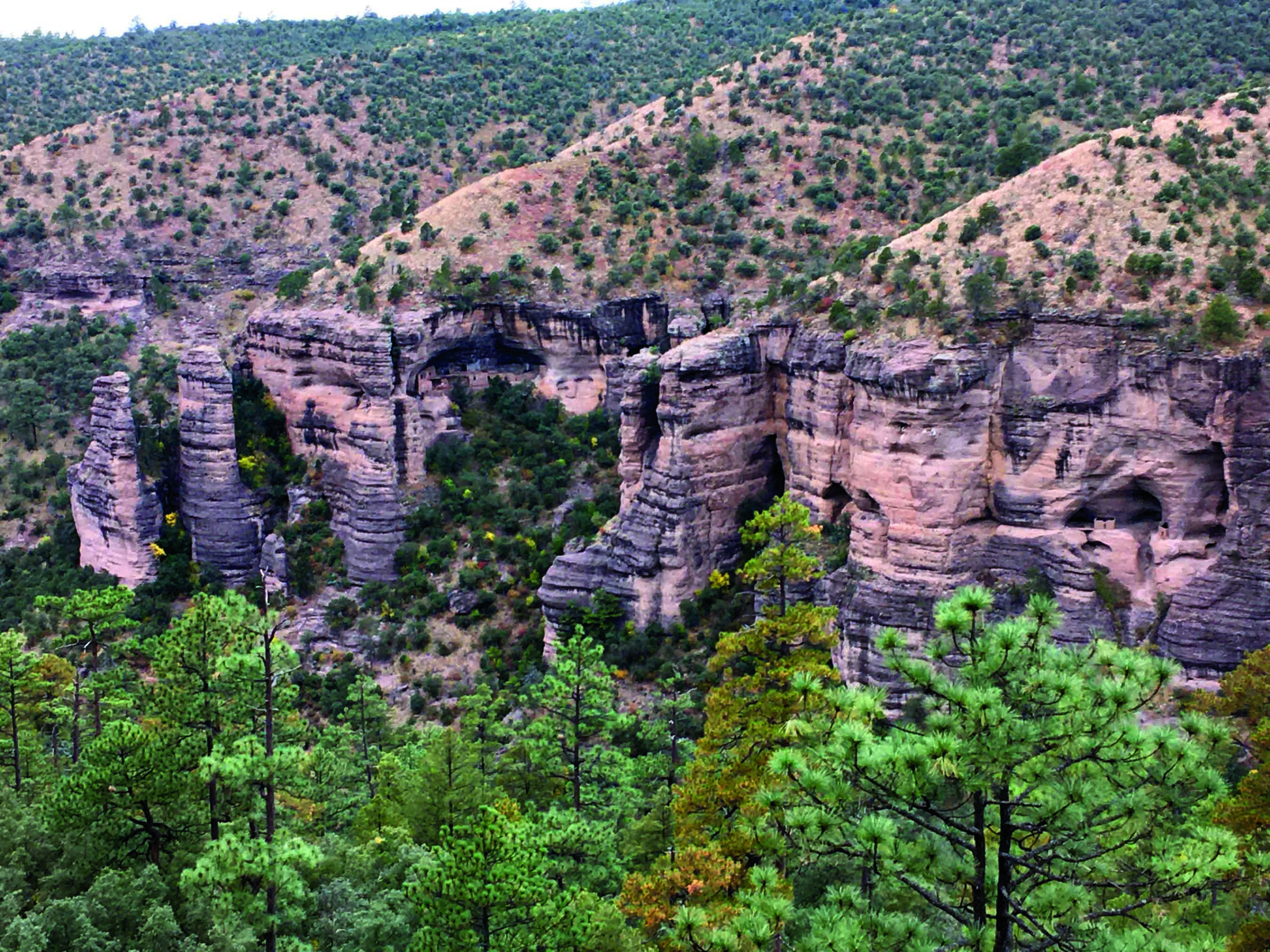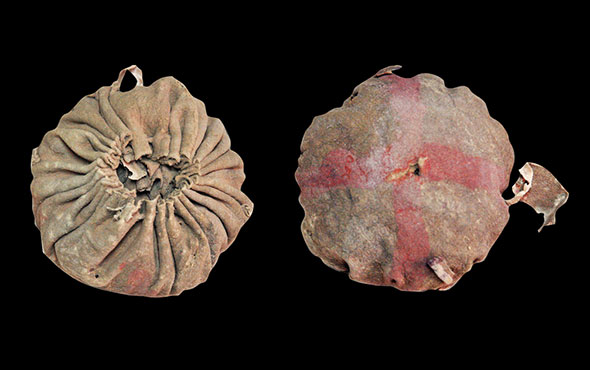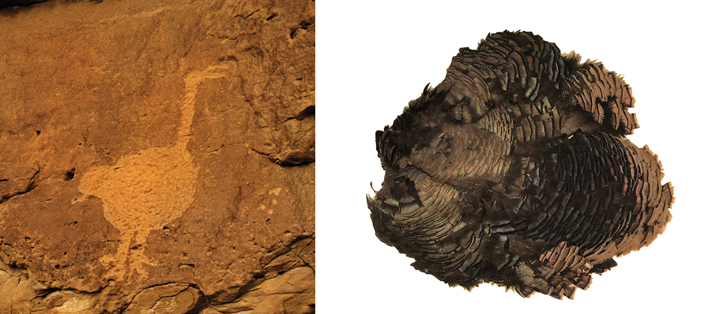
Sometime in the first few centuries A.D., Ancestral Puebloans in the American Southwest began to raise a specific breed of turkey for its feathers, from which they made robes and blankets. This variety of turkey, distinguishable from local wild populations by a mitochondrial haplotype, or set of genes inherited from the mother, may have arrived in the region via trade and may already have been domesticated. “These blankets begin to be produced in the Four Corners region right around the same time this distinctive mitochondrial haplotype appears,” says archaeologist Bill Lipe of Washington State University, who led a team that analyzed surviving fragments of a turkey feather blanket dating to the early 1200s. “One of the reasons for keeping these turkeys may have been that they were more amenable to being managed by humans than the local birds.” The researchers determined that some 11,500 feathers had been wrapped into a framework of nearly 200 yards of yucca fiber cord to make the blanket. According to Lipe, there is little evidence that turkeys were widely consumed as food until a human population surge and consequent overhunting in the twelfth and thirteenth centuries depleted the region’s supply of wild game, especially deer.


